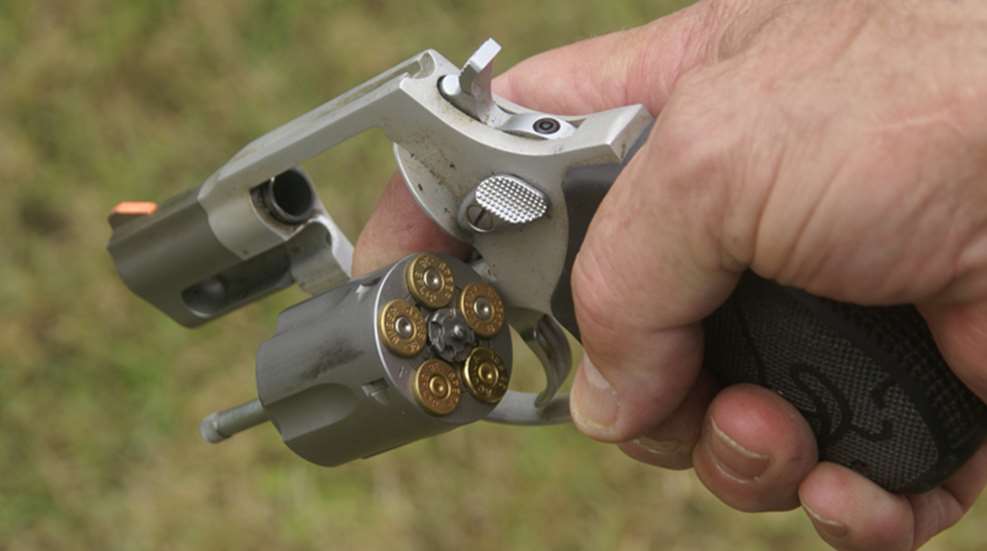
Deadly Habits: How ‘Training Scars’ Can Cost Lives in Gunfights
In tactical firearms training, habits formed on the range can determine life or death outcomes in real gunfights. The infamous Newhall Incident, the case of Border Patrol Inspector Sam McKone, and modern examples of magazine retention under fire vividly illustrate how training habits—known as “training scars”—can fatally influence officers during critical moments.
The Newhall Incident: The Costliest Lesson in Police History
On the night of April 5, 1970, near Newhall, California, four California Highway Patrol (CHP) officers engaged two heavily armed suspects in what would tragically become known as the “Newhall Massacre.” All four officers—Walter Frago, Roger Gore, James Pence, and George Alleyn—lost their lives during the encounter. The incident reshaped law enforcement firearms training nationwide.
Initially, a widely circulated story claimed Officer James Pence was found dead with empty casings neatly pocketed, reportedly due to a habit developed from range procedures. Though later proven partially mythologized—crime scene reports indicated Pence’s casings were on the ground—the core lesson remained: ingrained training habits can prove deadly under stress. Pence was, in fact, found trying to reload his revolver one round at a time when he was fatally shot at point-blank range.
Lt. Col. Dave Grossman, in his influential book, On Combat, vividly highlights this phenomenon:
“We had officers found dead with brass in their pockets. They did exactly what they’d been trained to do—pick up brass after firing to keep the range clean. Under stress, you will default to your level of training.” (On Combat, Dave Grossman, 2004).
In response, the CHP—and agencies nationwide—overhauled firearms training protocols, emphasizing realistic combat conditions, proper use of cover, and rapid reloading techniques.
Inspector Sam McKone: The Unconscious Habit of Pocketing Brass
Legendary Border Patrol Inspector Sam McKone’s experience illustrates how deeply ingrained training habits become second nature. In a notable incident recounted by renowned firearms instructor Bill Jordan, McKone engaged in an improbable firefight, successfully neutralizing an attacker 200 yards away despite being severely disadvantaged with only his snub nose .38 revolver.
Jordan details this remarkable encounter in his seminal work, No Second Place Winner:
“When the fight was over, Sam’s pockets were bulging strangely. Mystified, he pulled out handfuls of empty casings. Under extreme stress, Sam had unconsciously saved every empty casing he had ejected—just as he always did on the range to reload them later. It was second nature.” (Jordan, No Second Place Winner, 1965).
Though McKone survived and performed exceptionally, Jordan highlighted this episode to stress the danger of reinforcing unnecessary or even detrimental habits during training.
The Magazine Retention Phenomenon: Modern Examples
In recent tactical training discussions, incidents continue to surface highlighting officers pausing under fire to retrieve or retain magazines—actions driven by range conditioning rather than tactical necessity. These anecdotes, although sometimes difficult to verify fully, underscore a critical truth in modern tactical doctrine: training scars persist, threatening officers’ lives by diverting attention and delaying critical response times.
Contemporary firearms instructors emphasize the distinction between tactical reloads—performed behind cover and with the threat minimized—and emergency reloads during active engagements. Emergency reloads stress rapid magazine exchange without hesitation or retention to minimize downtime.
Lessons for Today’s Tactical Training
The Newhall Incident, Inspector McKone’s firefight, and ongoing discussions around magazine retention vividly reinforce crucial tactical training lessons:
- Training under stress: Realistic, high-stress scenario training is crucial to prevent potentially deadly habits.
- Prioritize combat effectiveness: Officers must prioritize quick action, cover utilization, and threat neutralization over procedural cleanliness (e.g., retaining magazines or brass).
- Recognize and correct training scars: Tactical trainers must continually evaluate training methods to prevent dangerous habits from taking root.
At Strategic Defense Academy, we integrate these historical lessons into our curriculum, ensuring that our trainees understand not only what they should do in combat—but also what they must not.
By critically evaluating past incidents and consciously preventing dangerous training habits, we ensure officers and tactical professionals maintain combat effectiveness under the most intense circumstances.
